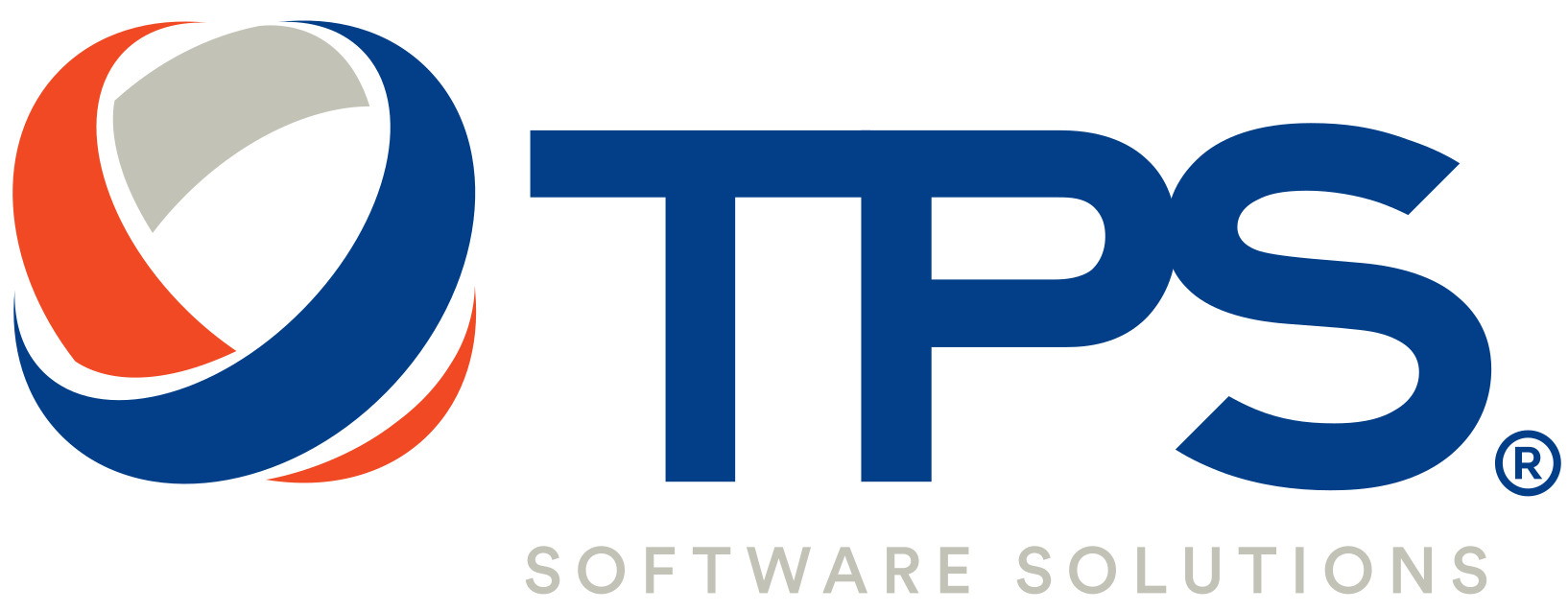There is no definite answer to the question “How long will it take for software development?” It’s pretty hard and barely possible to estimate the amount of required time accurately. The reason is that custom software projects differ in specifications and may require the implementation of unique functionalities and the use of cutting-edge technologies. In some cases, custom development implies the modernization of the existing software that is already in use. Additional aspects may arise in such projects.
There are a variety of factors that can affect the amount of time required for software development.
Let’s get insight into software development time estimation in the article below
Factors affecting timeframe for software development project
1. Scope of work
It is difficult to gauge the exact time required for custom software development due to the differing nature of specific projects that have their own particular requirements. Such requirements may comprise the necessary inclusion of certain functionalities, security features, modules, APIs, or external libraries. How the application needs to be integrated and implemented with existing software systems – such as legacy systems – also determines how long the development timeframe will be.
Also, large-scale projects with a large amount of API programming, migration of database data, and integration or remediation of legacy systems will usually require more time for implementation. Small-scale projects usually require fewer modules, less API programming, less integration with other systems, and less QA testing.
2. Different Approaches to Building Software
Like any proprietary software, the model applied in the Software Development Life Cycle (SDLC) for software development can affect the amount of time required for a completed product. Waterfall, Agile, and DevOps models are the most widely used SDLC models today. Each model has its advantages and disadvantages while requiring different time commitments for custom application development.
- Time Frame of Waterfall Software Development Life Cycle
While the waterfall model may require more planning time, it is more straight forward, while remediation of flaws may mean a lengthier QA testing and maintenance phase.
- Time Frame of Agile Software Development Life Cycle
Contrasting the waterfall model, Agile SDLC models typically use iterative, modular development sprints, which may mean quicker development times, and shorter time to find flaws and change them.
- Time Frame of Dev Ops Software Development Life Cycle
DevOps incorporates iterative development with QA testing and operations administration tasks, along with concepts such as continuous delivery. All of the above processes associated with DevOps make development times noticeably quicker. Utilizing this model of software development thus cuts down on software development times and remediation of software bugs. However, an efficient DevOps capable organization may require a significant time, cost, and even culture shift to associate.
You may also like:
Software Development: The Essential Guide
3. Whether You Use Internal Resources, a Firm, or a Freelancer
One last noteworthy factor for custom software development time frames is whether a business uses its own staff of technical resources or outside developers with a firm or a freelancer to develop the application in need. Leveraging your own internal software developers has its advantages because they likely have a deep understanding of the business requirements and the systems to integrate with. However, almost all organization’s developers are already at capacity maintaining existing systems and may not have the capability to develop using modern architectures, languages, and emerging practices.
While freelancers typically operate alone or in small teams, a software development company can offer a well-rounded, highly trained team of software engineers covering software developers, testers, designers, and so on. Having your software development project created by an experienced and professional firm allows you to approach a well-versed team to handle your project, which ultimately can greatly cut down on time constraints, overhead, and possible maintenance fees.
You may also like:
When To Outsourcing to an Offshore Software Development Company ?
Top 9 Software Development Trends in 2021
Software Development Outsourcing: A complete guide
How long for an average software development project?
1. Requirements & Design: 2-4 Weeks
In software development, the Requirements & Design phase is predictable and short. As the decision-maker and primary stakeholder, you will work with your chosen IT team to:
- Document the system requirements (the things that the software must accomplish)
- Collaborate on different ideas and application features that will work together to meet your system requirements
- Discuss your users, their capabilities, and the desired look and feel for the application
- Document and review the application design (your application blueprint) and discuss any last-minute changes
- Decide on the initial scope of the project (what are the features you are building in the first release vs. later releases)
We typically see that a Requirements & Design phase takes 2-4 weeks.
2. Planning, Design & Architecture: 1-2 weeks.
Before any coding takes place, it is very important to thoroughly plan the software architecture, both for Front-end and Back-end. This will help developers and designers collaborate and ensure that the software is stable and scalable from the very beginning.
Whatever architecture you choose for the software, always keep in mind that the structure of the code must commit every requirement of the software. Choose software architecture that offers flexibility, scalability, feasibility, reusability, and security.
Planning and architecture generally comprise the stack selection, database selection, class diagram, ERD, third-party libraries, APIs, etc. The deployment architecture needs to be kept in mind too.
Depending on the size and complexity of the application, this phase takes about 1-2 weeks.
3. Development: 3-6 Months
The largest amount of time in software development is coding the application. Once you have made the decision on the design and the technical foundation of the system, we typically see the application built-in 3-6 months.
If the client needs to build the product faster, additional developers can be added to the team to tackle the tasks.
4. Testing: 3-6 Weeks
Depending on your project, there is a variety of testing that could be used. All projects should undergo end-to-end testing and user acceptance testing. End to end testing is using all the features and functions of a system as a user would. During development, features are tested in isolation. Once the development finishes, an end-to-end test exercises the system holistically and allows the tester to compare the product to the original specifications and any changes in design made along the way.
A user acceptance test (UAT) happens when you, the stakeholder, use the system and sign off on the development. You can consider it as a final walkthrough of a custom home. Your job is to look at everything, identify any issues that the testers may have missed, and start to get ready for production.
There are additional types of testing that you can elect to have done as cross-browser or cross-mobile-device testing, load testing, performance testing, and integration testing. If your application will be used on multiple browsers or mobile devices, you can choose to test on those to ensure your application looks and works well on all browsers/devices that your user might choose.
Time frame, load, and performance testing are recommended to ensure your system works well on a large number of users and data. Performance testing makes sure that your application can identify the slowest areas of your application for improvement.
If your application interacts with third-party systems, integration testing should be considered. Integration testing sends both expected and unexpected data through the connection of two systems to make sure they handle all the known and unexpected permutations of data and situations (a timeout, a corrupted file, an invalid value, etc.) gracefully.
Depending on the size of your application and the extent of the testing needed, we see most testing efforts taking between 3-6 weeks.
As shown above, the total average time for custom software development is typically four to twelve months.
However, it is important to note that, according to a study by KPMG Information Technology, 85 percent of software development projects go over schedule.
Why software estimations go wrong?
Estimations will change every time a new criterion is added to the initial requirement. Software development is challenging. More than often estimates fail and costs overrun.
What difficulties can put software development estimates at risk? We will list some factors that make software development time estimation challenging for the software development company.
1. Constant changing business requirements make it difficult to commit the estimates. This is why the “Business Requirement Document” should be your holy grail. Anything that marginally deviates from the requirements and needs re-development will need additional time to develop.
2. The time associated with R&D is sometimes not taken into consideration while providing a mockup or it takes more time than what was estimated. A way to avoid this is to carry a basic RnD to figure out how long the actual RnD might take.
3. Designers and developers’ availability is also a major reason for project delays. The software development company that you hire might have a crisis situation and run out of software developers or they might be at capacity. Expect a project delay in such cases.
4. Not testing the software from Day 1 largely attributes to software project delays. The bugs that are caused after a finished product is delivered will take too long to fix and will be complicated too. Thus, the time estimate won’t match the initial one.
How to correctly estimate software development time?
1. Clearly understand the project and what it demands
Business analysts usually deal with project requirements and analysis. It is essential that they know every requirement; every user flows by heart so that they can communicate well with the developers and designers.
Ask the team members to individually provide their own individual estimation and then discuss with the team and settle on the most doable man-hours.
2. Break the whole project into smaller milestones
To avoid delays for the whole project, you should divide the whole project into milestones and keep the time estimate for each milestone as short as 1-2 weeks.
Every one to two weeks, the team regroups, and based on the progress moves ahead with the next milestone.
3. Decide the team composition
Based on the requirements, choose the best team composition for the project. It is always favorable and recommended to choose a small team. Communication overhead increases exponentially when the team is bigger and with it, the estimation inaccuracy.
4. Leverage your experience
If you have experience in working on a similar project previously, draw up the references first. See what work was done, how many person-hours were estimated, how many person-hours did it take to complete it. Take a look carefully at which areas time estimates went wrong and where time estimates were lesser than what was documented.
5. Keep a buffer
Always keep a 15-20% time buffer for unavoidable situations. A buffer will help you deal with these unforeseen circumstances and make your software estimate realistic.
Sum up
How much time for software development depends on numerous factors like the scope of work, methodologies, and resources.
Keep the estimate realistic, prioritize activities and tasks, and communicate well are pieces of advice to ensure your project is delivered on estimation.
Looking to develop something? Have an idea in mind? We have some time. Contact us over a free consultation and we will help you out.













